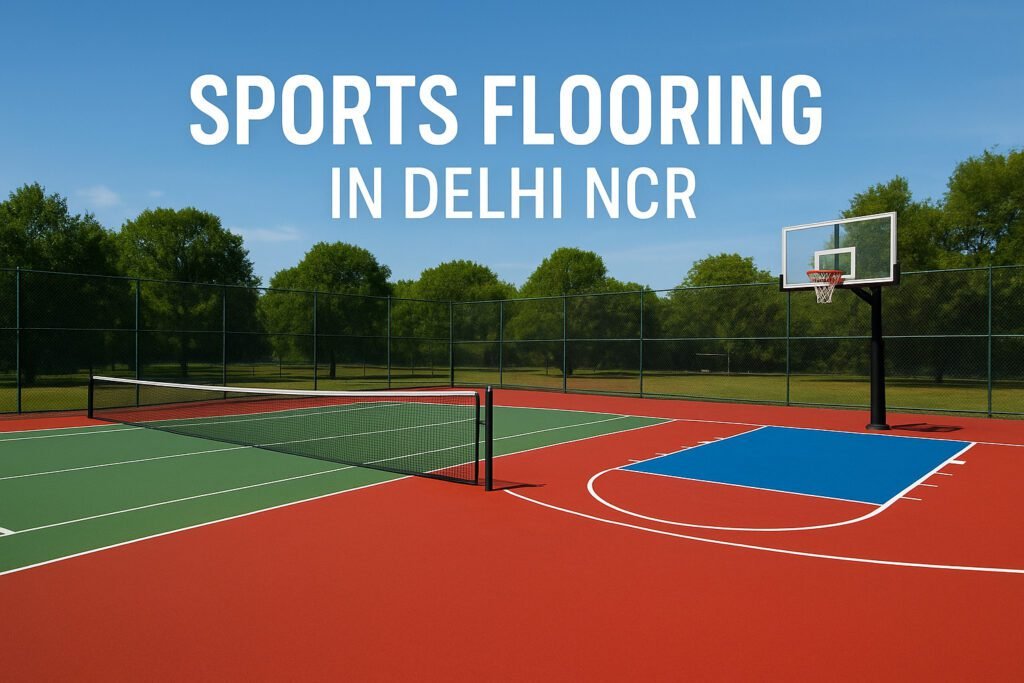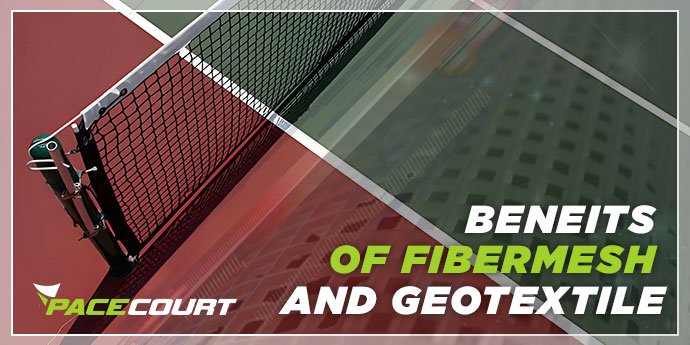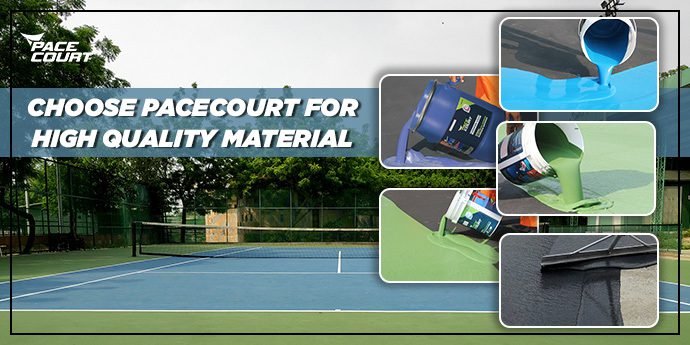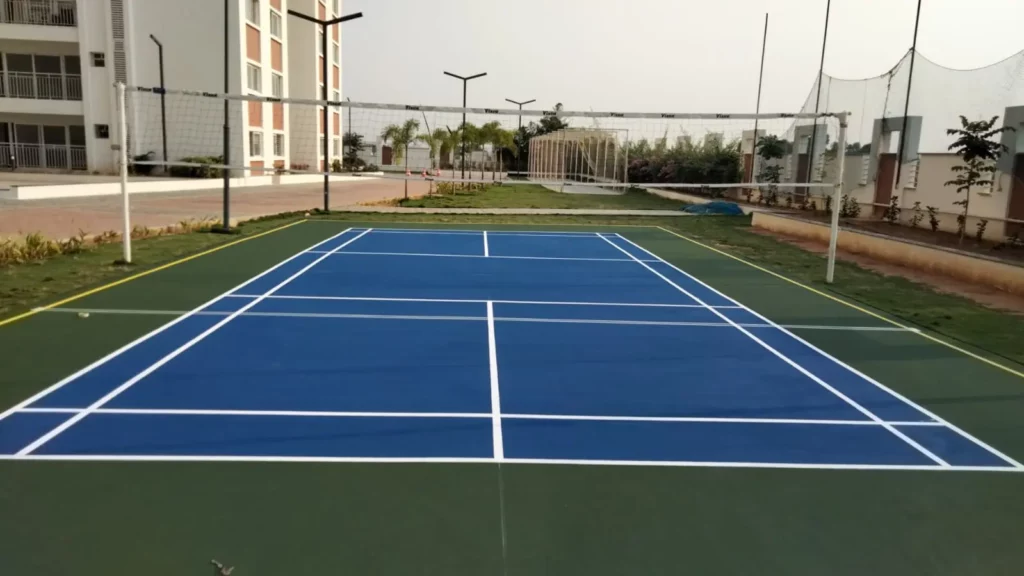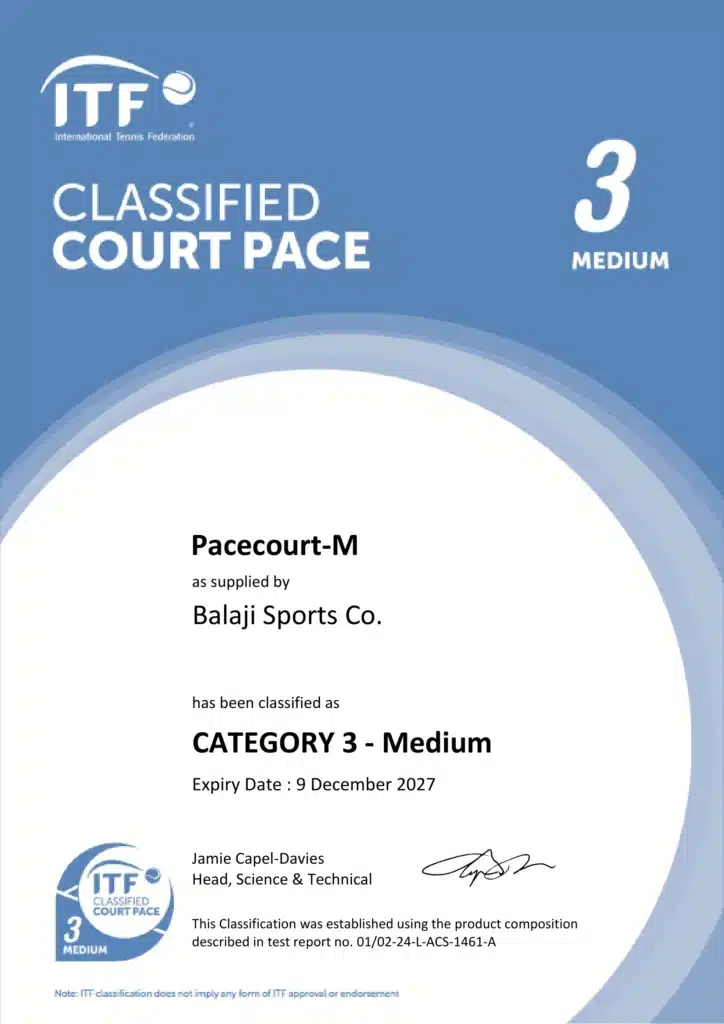Sports Flooring in Delhi: Types, Benefits, and Trends
Delhi’s sports landscape is undergoing a remarkable transformation. From corporate fitness centers sprouting across Gurgaon and Noida to schools in South Delhi upgrading their playgrounds, the demand for professional-grade sports flooring in Delhi has skyrocketed. This surge isn’t just about aesthetics—it reflects a fundamental shift in how we approach athletic performance and safety. The numbers tell a compelling story. Delhi NCR has witnessed a 40% increase in sports facility construction over the past three years, driven by growing health consciousness and government initiatives promoting sports infrastructure. Modern athletes, fitness enthusiasts, and facility managers now understand that the foundation beneath their feet can make or break their performance. Quality sports flooring serves three critical purposes that traditional surfaces simply cannot match. First, it dramatically enhances athletic performance by providing optimal grip, ball bounce consistency, and energy return—factors that can shave seconds off sprint times or improve shooting accuracy. Second, it acts as a crucial safety barrier, absorbing impact forces that would otherwise stress joints and muscles, potentially preventing career-ending injuries. Third, professional sports flooring delivers unmatched durability, withstanding years of intensive use while maintaining its performance characteristics. Whether you’re planning a badminton court in your society, upgrading a school gymnasium, or designing a multi-sport complex, choosing the right flooring system involves navigating numerous options and considerations. This comprehensive guide will walk you through everything you need to know about sports flooring in Delhi—from understanding different material types and their specific applications to exploring the latest trends shaping the industry. We’ll also examine cost considerations, installation best practices, and how to select the right provider for your unique needs. Why Sports Flooring Matters The foundation of every athletic achievement begins with what’s beneath an athlete’s feet. While coaches focus on technique and athletes push their physical limits, the often-overlooked sports flooring silently determines whether that perfect jump shot finds its mark or whether a sprinter’s explosive start leads to victory or injury. Professional sports flooring isn’t just a surface—it’s a performance partner that can elevate game quality, protect athletes from career-threatening injuries, and deliver decades of reliable service. Understanding why the right flooring matters helps facility managers, athletes, and sports enthusiasts make informed decisions that impact both immediate performance and long-term success. Enhanced Athletic Performance Through Scientific Design Modern sports flooring functions as a sophisticated system engineered to optimize human movement. The science behind performance flooring centers on three key factors: energy return, surface consistency, and grip optimization. Energy Return and Bounce Characteristics Basketball courts exemplify how flooring directly affects performance. Professional hardwood courts, like those used in NBA arenas, feature a maple surface over a subfloor system that provides precise energy return. When a player jumps, the floor compresses slightly and springs back, returning approximately 85-90% of the energy to enhance vertical leap. This energy return system can add 2-3 inches to a player’s jump height compared to concrete surfaces. The same principle applies to other sports. Badminton courts require controlled energy return to maintain consistent shuttlecock bounce patterns. Tennis courts need specific rebound characteristics to ensure balls bounce at regulation height—between 53-58 inches when dropped from 100 inches. Synthetic acrylic surfaces achieve this through precisely calibrated cushioning layers that absorb and release energy at optimal rates. Surface Consistency and Ball Behavior Game quality depends heavily on predictable surface behavior. Professional volleyball courts use specialized foam backing systems beneath synthetic surfaces to create uniform ball bounce across the entire playing area. This consistency allows players to develop muscle memory for serves, spikes, and defensive dives without worrying about unpredictable surface variations. Cricket practice facilities benefit from consistent pitch surfaces that replicate match conditions. Artificial turf systems with infill materials create uniform ball bounce and spin characteristics, allowing batsmen to practice shots with confidence that the surface will behave predictably during actual matches. Grip Optimization for Movement Efficiency Traction control prevents energy waste during direction changes and sudden movements. Multi-sport gym floors feature micro-textured surfaces that provide optimal grip without creating excessive friction that could cause injuries. The balance is crucial—too little grip causes slipping, while too much grip can stress joints during pivoting movements. Injury Prevention Through Advanced Safety Features Sports flooring serves as the first line of defense against athletic injuries. Professional systems incorporate multiple safety features that work together to protect athletes during both routine training and high-intensity competition. Shock Absorption Technology The human body generates tremendous impact forces during athletic activities. A basketball player landing from a rebound can create forces equivalent to 4-6 times their body weight. Without proper shock absorption, these forces travel directly through joints, potentially causing stress fractures, joint degeneration, and soft tissue injuries. Advanced sports flooring systems address this through multi-layer construction. Professional basketball courts feature: This layered approach reduces impact forces by 40-60% compared to playing on concrete, significantly lowering injury rates. Studies by the International Association of Athletic Boards show that proper shock absorption can reduce knee and ankle injuries by up to 35%. Anti-Slip Surface Engineering Slip-related injuries account for approximately 25% of all sports facility accidents. Modern flooring addresses this through specialized surface treatments and material selection. Gymnasium floors use polyurethane finishes with controlled slip resistance. These finishes provide optimal traction when dry while maintaining safety when moisture is present. The coefficient of friction is carefully calibrated—typically between 0.4-0.7—to prevent both slipping and excessive grip that could cause athletes to stick and twist joints. Rubber flooring in fitness centers incorporates raised texture patterns that channel moisture away from contact points. This design maintains grip even when athletes perspire heavily during intense workouts. Joint Stress Reduction Repetitive impact activities create cumulative stress on joints and connective tissues. Quality sports flooring extends athletic careers by minimizing this stress through engineered give and cushioning. Running tracks demonstrate this principle effectively. Professional tracks use polyurethane surfaces over specially designed bases that provide approximately 35-50% impact reduction compared to asphalt. This reduction translates to less stress on runners’ knees, hips, and lower backs during both training and competition. Indoor courts benefit from similar

